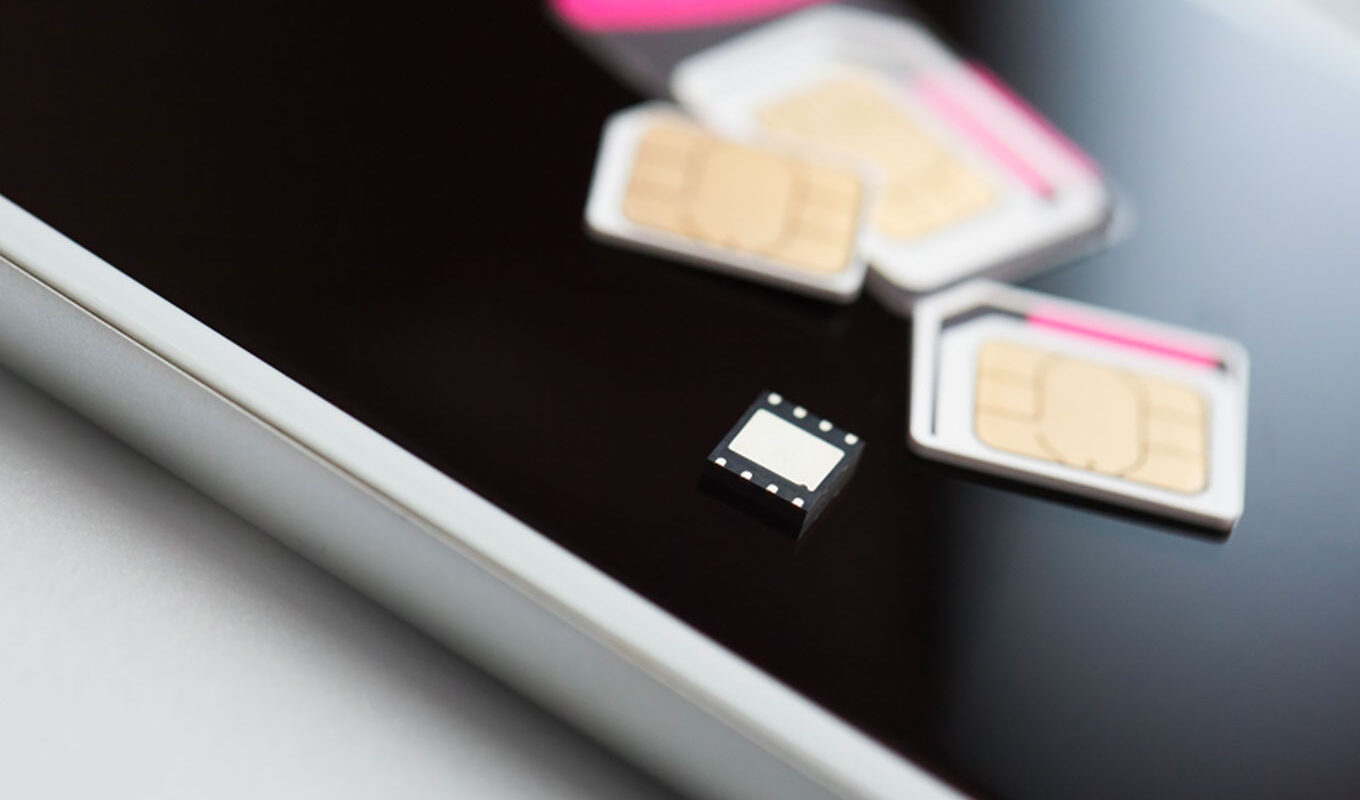With the rise of connectivity and the ubiquity of smartphones, the future of how we connect our devices is changing. No longer are physical SIM cards the only way to activate cellular service on devices like phones and tablets. A new technology called the embedded SIM or eSIM is poised to replace physical SIMs and revolutionize how users activate mobile networks.
What is an eSIM?
An eSIM is an embedded SIM chip that is directly installed in a device during manufacturing rather than being a removable plastic SIM card. With an eSIM, the mobile network profile is downloaded electronically rather than needing to insert a physical SIM card. This embedded SIM allows users to easily activate or switch mobile carriers without having to obtain a new physical SIM card.
The Benefits of eSIM
Remote Activation
A key advantage of eSIM technology is the ability to remotely activate or switch mobile plans without needing physical access to the device. Users can simply select a carrier and plan from the device settings to download the mobile profile. This makes activating service much more convenient for consumers as well as simplifying processes like number porting when switching carriers.
Multiple Sim Profiles
Unlike physical SIM cards that can only support one carrier profile at a time, eSIM allows multiple profiles to be downloaded and active simultaneously. This enables features like dual-SIM capability with separate cellular plans or easily switching between personal and business lines without changing the SIM card. Users get more flexibility in how they use their cellular connectivity.
Faster Carrier Changes
With eSIM, switching between carriers only requires downloading a new mobile profile rather than obtaining and inserting a new physical SIM card. This makes changing plans much faster and convenient. Users can change carriers in just a few taps rather than needing to visit carrier stores or wait for SIM cards to arrive in the mail.
Supports IoT Growth
The embedded nature of eSIM opens up cellular connectivity options to new types of internet of things (IoT) devices. Devices like smartwatches, tablets, laptops and more can easily gain mobile capabilities with eSIM rather than needing physical SIM card slots. This helps accelerate adoption of IoT solutions by making connectivity simpler to implement.
Adoption Challenges
While the benefits are clear, eSIM does face some adoption challenges that need to be addressed for mainstream success:
Limited Availability
At this time, eSIM compatibility is limited to select device models, especially on Apple iPhones. However, more Android devices are gaining support which will help accelerate growth. Full adoption requires eSIM across all manufacturers and major carriers.
Backwards Compatibility
Existing cellular devices still rely on physical SIM cards and switching to fully eSIM-based activations requires replacing entire installed bases. This transition phase poses some challenges around managing both technologies simultaneously.
Carrier Support
Adoption also depends on major cellular carriers supporting eSIM activation across their networks. While leading carriers support eSIM, full capabilities may differ between plans which could limit choice for users early on.
Security Concerns
Some concerns exist around the security of remotely downloading carrier profiles versus the physical protection of SIM cards. Efforts are needed to ensure eSIM solutions implement robust authentication and encryption standards.
Though challenges remain, the future of eSIM looks very promising as both manufacturers and carriers increase support for the technology. Key developments expected over the coming years include:
Increased Device Support
As eSIM costs decline and user demand grows, expect major smartphone and tablet makers to launch most if not all new devices with eSIM capabilities enabled as standard. Even some lower-cost smartphones will get eSIM.
Multi-Year Device Plans
Carriers will start offering cellular plans structured around eSIM subscriptions that support bringing your number and service seamlessly between upgrade devices without loss of features or credits.
Standards Convergence
Industry standards like eSIM profiles will further mature to ensure interoperability and portability of cellular plans across all carriers globally no matter the device or location.
IoT & Wearables Growth
The lower costs and simpler implementation of eSIM will accelerate its adoption into new device categories beyond phones to include more wearables, tablets, laptops and various IoT solutions.
With smartphone market saturation, eSIM presents the next major opportunity for growth and new revenue in the mobile industry. As adoption challenges are addressed through scale and cooperation, the future of connectivity is certain to be defined by this transformative eSIM technology.
*Note:
1. Source: Coherent Market Insights, Public sources, Desk research
2. We have leveraged AI tools to mine information and compile it




